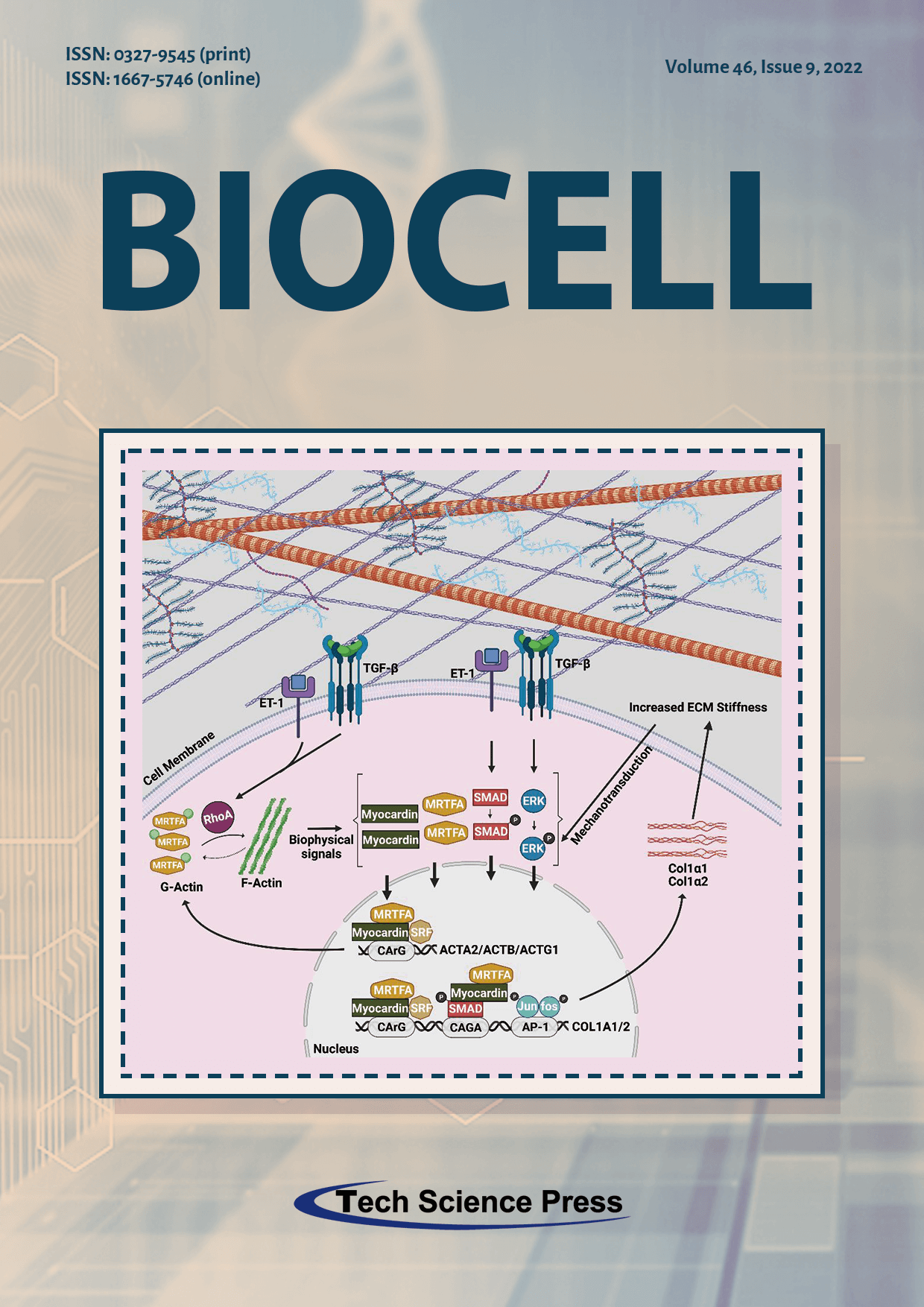
The cellular microenvironment induces cytoskeletal actin changes that dynamically regulate fibrosis. Hepatic stellate cells (HSCs) are the primary fibrogenic cells in the liver where they become activated and develop a myofibroblast-like phenotype after liver injury. Underlying this process is the robust upregulation of actin family members, which are in turn regulated by myocardin and MRTF-A. As part of the activation process, HSCs appear to respond to microenvironmental cues including changes in the extracellular matrix (ECM), or stimulation with cytokines such as transforming growth factor- (TGF- or peptides such as endothelin-1 (ET-1). Further, dynamic cytoskeletal actin processes trigger downstream mechanotransduction mediated signaling; for example, in the SMAD and ERK1/2 pathways, which are important in ECM production and fibrogenesis. Myocardin and MRTF-A also directly mediate SRF-dependent regulation of the prominent ECM molecule, COL1.1a1/2, which is feedback regulated by cytoskeletal actin dynamics. Available data thus suggest that the actin cytoskeleton appears to be a key molecular platform linking the cellular microenvironment to the cellular fibrogenic phenotype.
View this paper